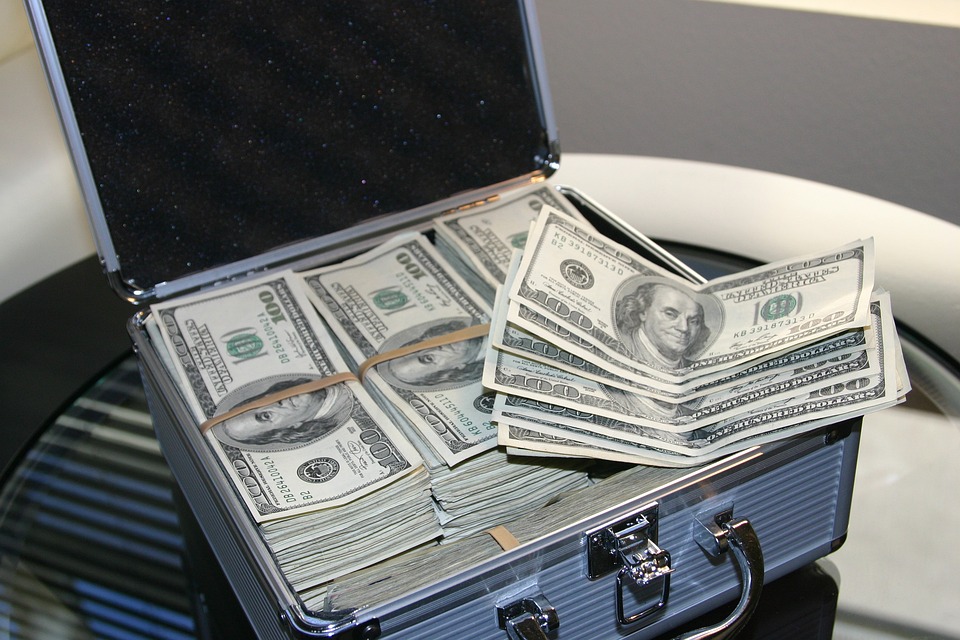Lehman Brothers: When the financial crisis spun out of control

Lehman Brothers: The Unraveling of the Financial Crisis
In September 2008, Lehman Brothers, one of the oldest and largest investment banks on Wall Street, filed for bankruptcy. This marked the beginning of a financial crisis that would devastate economies around the world. The collapse of Lehman Brothers was a pivotal moment in the crisis, signaling the unraveling of the financial system and leading to a massive government bailout of the banking sector.
Lehman Brothers had been a powerhouse in the financial industry for over 150 years, but its downfall was swift and dramatic. The bank had been heavily involved in the subprime mortgage market, which had been booming in the years leading up to the crisis. When the housing bubble burst in 2007, Lehman Brothers found itself holding billions of dollars in toxic assets linked to subprime mortgages. As the value of these assets plummeted, the bank began to hemorrhage money.
In a desperate bid to stay afloat, Lehman Brothers tried to secure a bailout from the government and other financial institutions. However, no help was forthcoming, and on September 15, 2008, the bank filed for bankruptcy. The shockwaves from Lehman’s collapse reverberated throughout the financial world, sending stock markets into a tailspin and causing panic among investors.
The failure of Lehman Brothers had far-reaching consequences. It exposed the fragility of the global financial system and sparked a crisis of confidence in the banking sector. Banks around the world began to hoard cash and cut back on lending, leading to a credit crunch that sent shockwaves through the economy. Businesses struggled to access credit, leading to layoffs and bankruptcies. Homeowners faced foreclosure as the housing market collapsed. Governments scrambled to stabilize their financial systems and prevent a full-blown economic meltdown.
In response to the crisis, governments around the world injected billions of dollars into their banking sectors to prevent further collapses. In the United States, the Troubled Asset Relief Program (TARP) was enacted to bail out struggling banks and shore up the financial system. The Federal Reserve also took unprecedented steps to provide liquidity to the markets and stabilize the economy.
The collapse of Lehman Brothers serves as a stark reminder of the dangers of unchecked greed and risky financial practices. It also exposed the flaws in the regulatory and oversight mechanisms that were meant to prevent such a crisis. In the aftermath of the financial crisis, new regulations were put in place to strengthen the financial system and prevent a repeat of the events of 2008.
The bankruptcy of Lehman Brothers was a sobering moment that showed how quickly the wheels of finance can come off the rails. It serves as a cautionary tale for bankers, policymakers, and investors alike, reminding us of the importance of prudence, transparency, and accountability in the world of high finance.
#Lehman #Brothers #financial #crisis #spun #control




